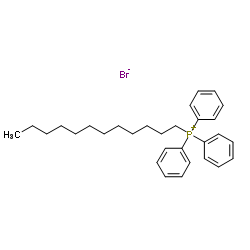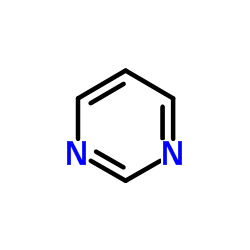| 结构式 | 名称/CAS号 | 全部文献 |
|---|---|---|
 |
活性炭
CAS:7440-44-0 |
|
 |
十二烷基三苯基溴化膦
CAS:15510-55-1 |
|
 |
嘧啶
CAS:289-95-2 |
|
 |
尿嘧啶
CAS:66-22-8 |
|
 |
5-尿苷一磷酸
CAS:58-97-9 |